Attack against the Russians in the Carpathians on 8 March 1917
By the end of 1916, after averting the Romanian attack, the eastern front stretched along the peaks of the Eastern Carpathians. Russian troops occupied the front sections instead of the defeated and demoralized Romanians. So were the high mountain posts around the Úz Valley. The valley of the Úz stream was dominated by the 1340-metre high Magyaros rising on the state border and the slightly lower Söverjes and Lápos heights. These could not be recaptured when the Romanians were beaten. From the mountain peaks, the Russians saw the Hungarian lines and the roads leading to them. The troops and supplies were constantly harassed by their artillery, causing serious losses.
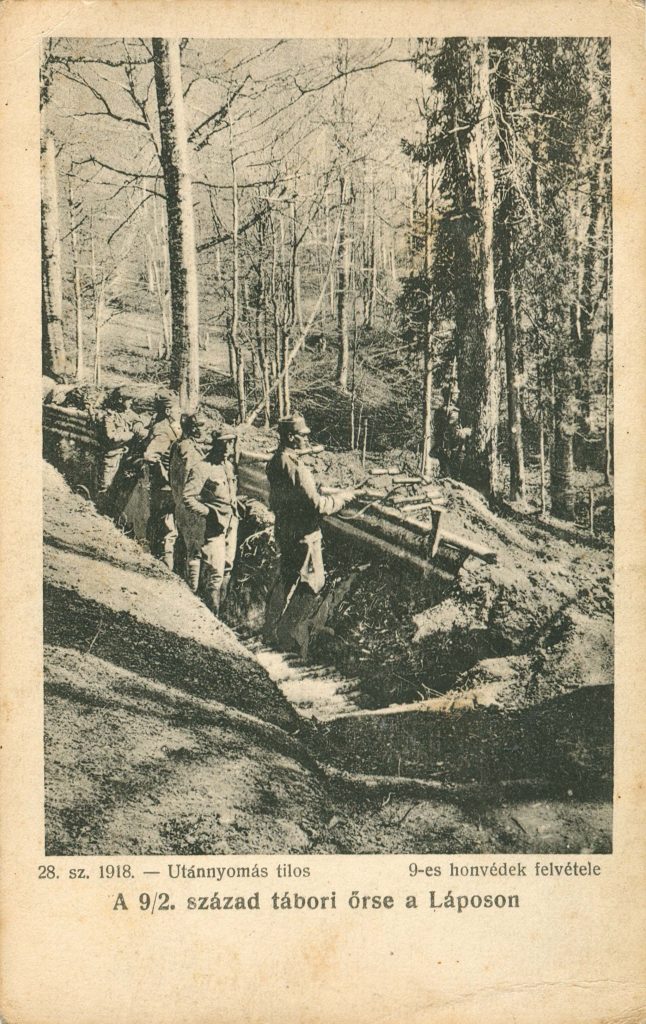
The area was defended by the 39th Honvéd Infantry Division. The division’s commander decided to take the high ground over the valley from the enemy. The first two attacks failed on December 24, 1916 and January 4, 1917. The commander of the division concluded that “only a well-thought-out and thoroughly prepared attack with the right forces can lead to the goal. In particular, it was considered essential to complement the artillery fire effect by mortars.” The division’s artillery was therefore reinforced with 12 field howitzers that could fire on steep trajectory and 16 German heavy howitzers as well as three German 21 cm mortars.
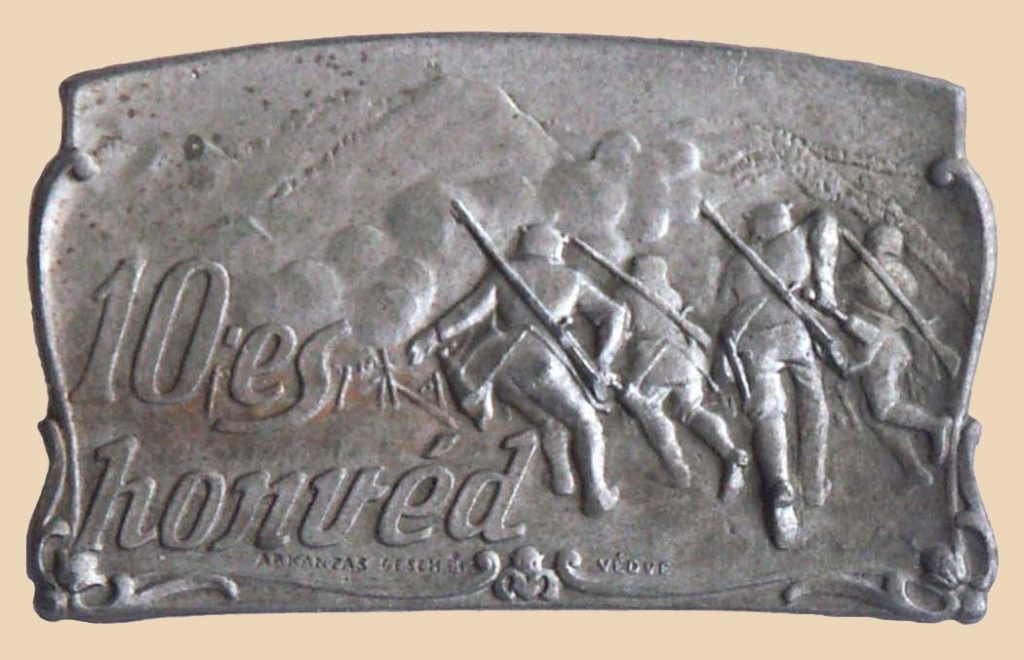
Preparations for the attack took place in two main areas. It was most important that attacking forces were subjected to artillery and machine gun fire for as short time as possible until enemy lines were reached and seized. This goal could be achieved by accurate mapping of the enemy lines, positioning artillery, location of technical obstacles and machine gun nests. Reconnaissance was primarily solved by aerial photography. It was thus possible to get to know and mark for the artillery the technical barriers to be destroyed, machine gun nests, artillery sites to be tied up and destroyed. The other main area was the preparation of an infantry attack that took into account the specificities of the terrain explored, knowing it and planning the attack in detail accordingly. The peculiarities of the terrain were described to the staff of an entire infantry regiment (the 10th Army Infantry Regiment, commander Lieutenant Colonel Sáfrán). The tasks of the attack were exercised on platoon and squad level. Basically, the entire regiment received regular assault troop training. Their equipment was also the usual assault equipment by then, with a steel helmet, a hand grenade-carrying crab, and wire-cutting equipment for all soldiers. The soldiers were trained to reverse the positions, and to strengthen them in the opposite direction. They had to do this until the expected counter-strikes of the surprised enemy had taken over the reversed lines.
The attack took place on March 8, 1917. The mountains were covered with high snow, winter weather conditions prevailed. The artillery was scheduled to shoot the enemy’s positions for three hours, but half an hour before the scheduled attack, the excellent Austro-Hungarian and German artillery destroyed enemy technical obstacles. The assault-free enemy positions were stormed half an hour before the required time at the initiative of the sub-unit commanders. Attack teams opened attack gates in few minutes on almost completely destroyed wires and captured the main line of defense in sporadic enemy fire. The reversal and reinforcement of the occupied positions was done immediately around 12:00 p.m. By evening there were wires everywhere protecting the trenches. As a result of the enterprise, the high-ground position that dominated the Úz valley was taken over. The 503rd Russian Infantry Regiment was destroyed there completely. 13 officers and 991 Russian soldiers were captured. The troops took 17 machine guns, 5 mortars, other infantry weapons and a significant amount of ammunition. Own loss was 45 dead and 215 wounded.
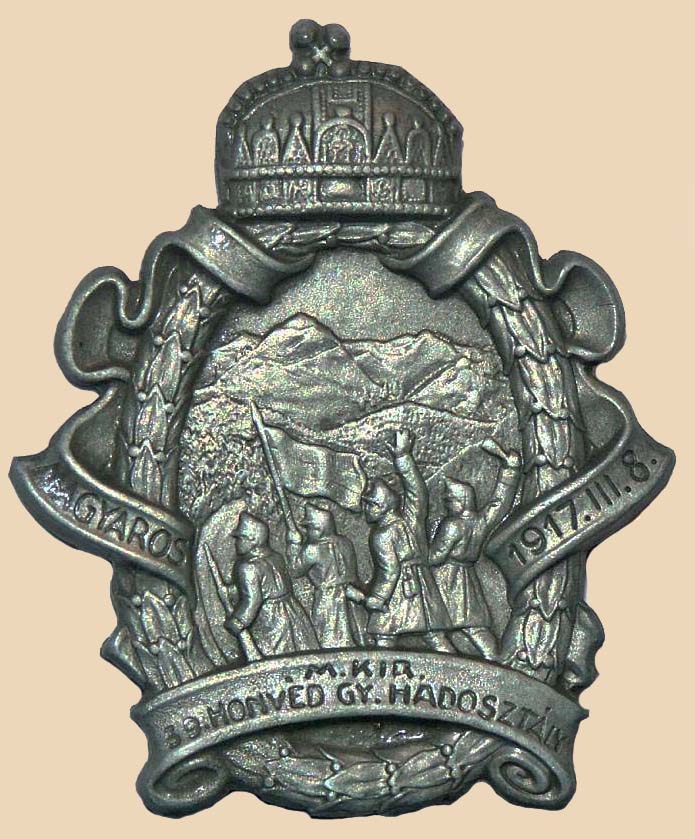
The 39th Division commemorated the victory with the special Kappenabzeichen prepared for the occasion. It shows the moment of launching the infantry attack. The nice badge of the 10th Honvéd infantry depicts a scene taken from a real contemporary photograph. This shows attacking storm troopers with full equipment. The post card shows the trenches on Lápos height occupied by the 9th Honvéd regiment after taking it from the Russians. They also belonged to the 39th Division.

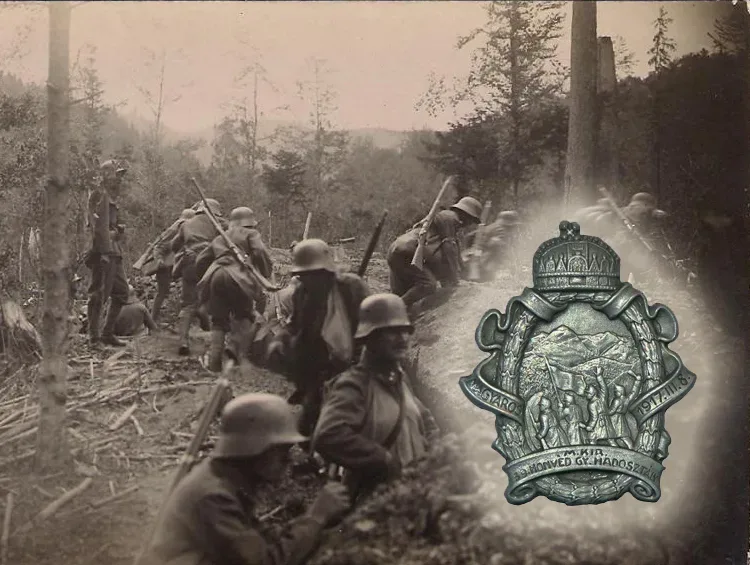
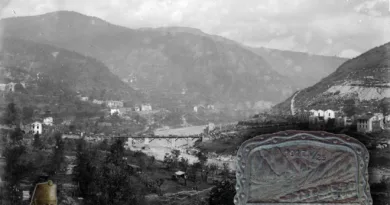
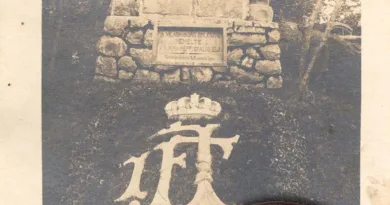
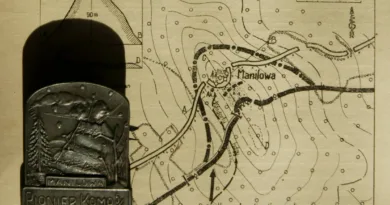
[…] attack up till then in the Great War in the valley of the Uz and Csobános rivers and on the Magyaros roof rising between the two in the eastern Carpathians. The field was conquered with significant […]